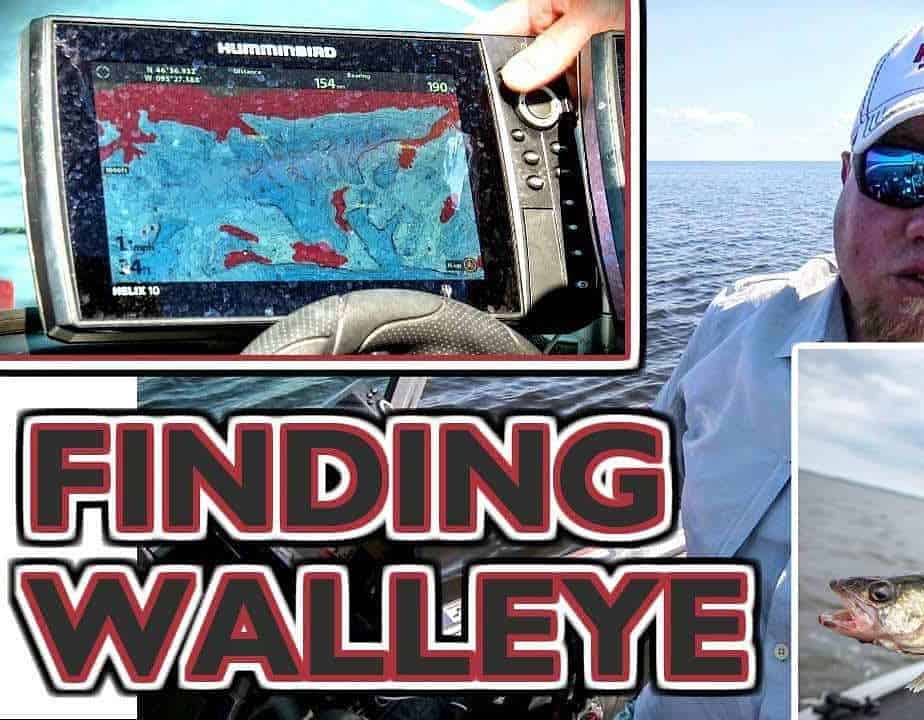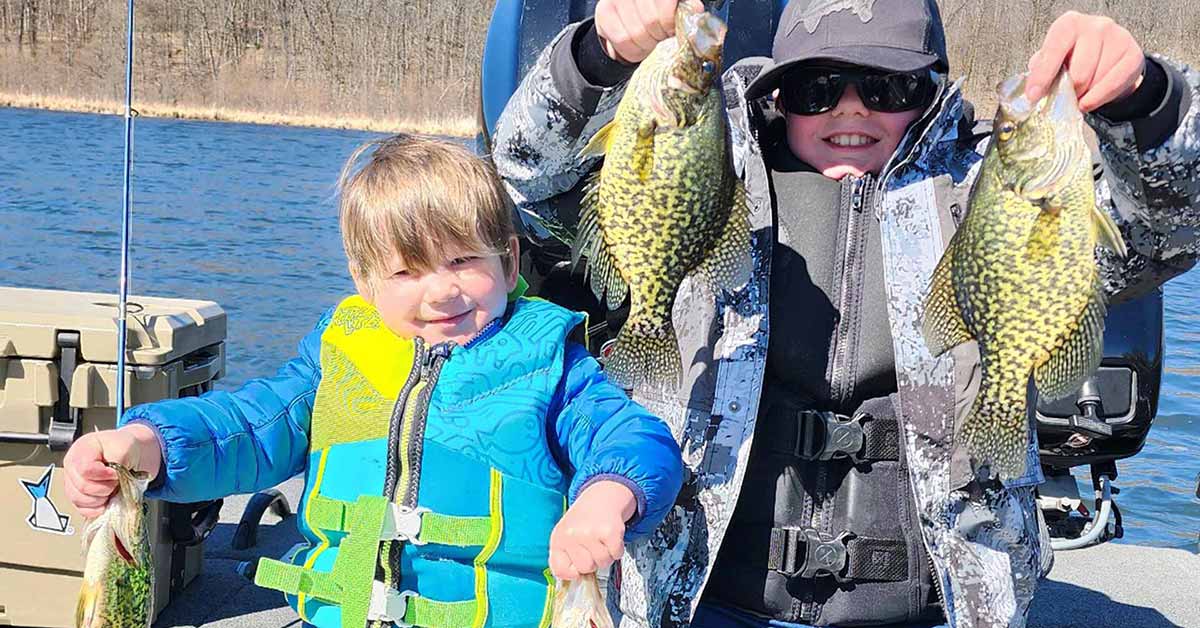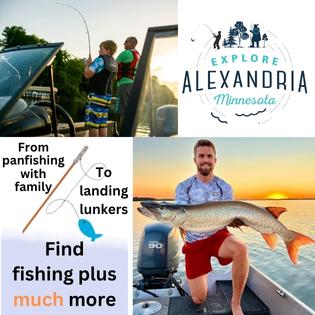The best part about fishing a familiar lake is you ALREADY know where the fish tend to hangout. Conversely, fishing new lakes can be difficult because you need to use your prior knowledge to isolate and sample various spots where fish MIGHT live.
In this video, well-known guide Brad Hawthorne breaks down a few lakes he’s never fished before and explains where he would start if he was searching for walleye. One point he continued to hammer home: Just because these spots look “right” doesn’t mean there’s going to be fish there. First and foremost, you need to use your electronics to find fish and examine how they are relating to cover/structure.
When it comes to fishing on a new lake, one of the most common questions I get asked is, “Where should I fish?” It can be overwhelming to try and figure out where to start when you’re faced with a vast body of water. In this article, I’m going to walk you through my process of dissecting a random lake and identifying the best spots to target walleye.
Analyzing the Lake
Let’s start by taking a look at a random lake in central western Minnesota called Height of Land Lake. The first thing I do is zoom in on the lake using my Hummingbird fish finder. I have it set to highlight anything six feet and shallower in red. This allows me to quickly identify areas of interest.
Upon closer inspection, I notice that there are several points and coves scattered throughout the lake. These points are marked by red on the map, indicating shallow areas. Points are known to attract walleye, so they immediately catch my attention. I would start by focusing on these points and exploring them further using my side imaging technology. It’s important to remember that while a spot may look good on a map, it doesn’t always guarantee that there are fish present. That’s why it’s crucial to use your electronics to confirm the presence of fish before fishing a specific spot.
Fishing Strategies
If I were to target walleye on Height of Land Lake, I would use spinners and drag them at a speed of 0.8 to 1 mile per hour. This technique is effective for covering a large area and enticing walleye to bite. Additionally, I would consider jet dragging a jigging shiner or trolling with spinners at a speed of 1 to 1.1 miles per hour.
Before heading out to fish these spots, I would recommend checking MN Lake Finder to determine the majority of the baitfish species in the lake. This information can help you choose the right bait and presentation for a successful fishing trip. If there is no specific information available, it’s safe to assume that walleye are likely feeding on crappies and bluegills, as well as other available prey.
Exploring Other Lakes
Now, let’s move on to another lake located just east of Height of Land Lake. This lake has a similar structure, with both points and bars. However, what sets it apart is the presence of tight brake lines. These tight brake lines are important when fishing with spinners and jigs. By positioning your boat deep and running down these brake lines, you can determine if there are any fish present.
Lastly, let’s explore a reservoir in southern Minnesota called Just My Luck. This reservoir is unique because it has a river or big creek running through it, resulting in constant water flow. This means that the lake tends to warm up quickly, making it an excellent fishing spot early in the season and right before freeze-up.
When analyzing this reservoir, I notice that there is a point that looks promising for walleye fishing. However, what really catches my attention are the flats near the area where the water flows out. These flats, ranging from 9 to 20 feet deep, provide a perfect setup for fish to feed on baitfish that are carried by the current. Spending time exploring these flats would likely yield good results.
Conclusion
When it comes to fishing on a new lake, it’s important to analyze the structure and features of the lake to identify potential fishing spots. Points, bars, and flats are all areas that are worth exploring for walleye. However, it’s crucial to use your electronics, such as side imaging and sonar, to confirm the presence of fish before fishing a specific spot.
Additionally, understanding the baitfish species in the lake can help you choose the right bait and presentation for a successful fishing trip. MN Lake Finder is a valuable resource for gathering information about the baitfish in a specific lake.
Remember, while maps can provide a good starting point, it’s ultimately the presence of fish on your electronics that will determine your success. So, take the time to explore and scan the areas you plan to fish before casting your line. Happy fishing!










